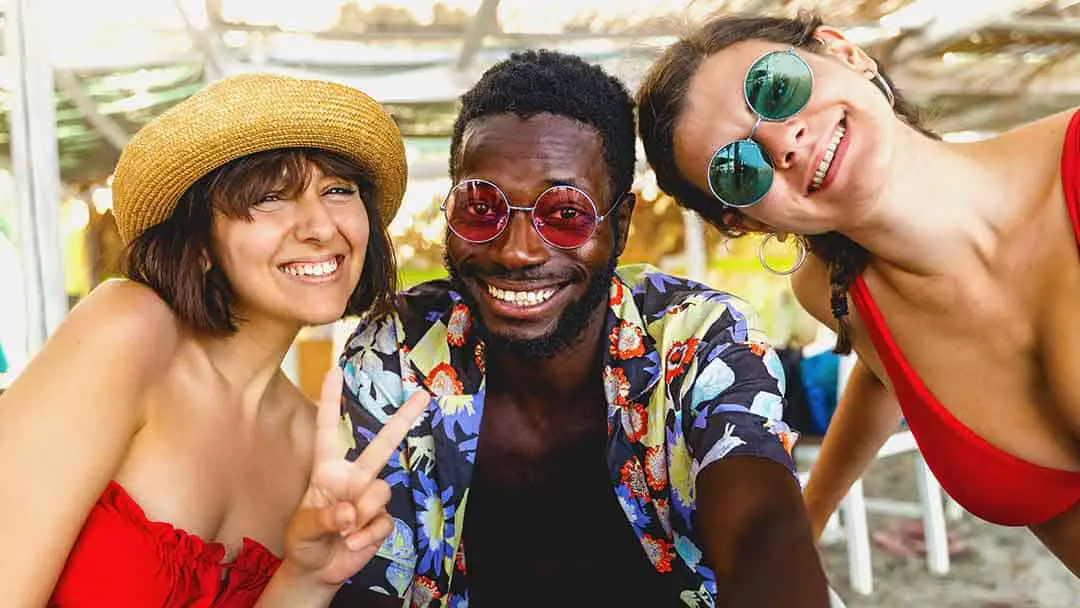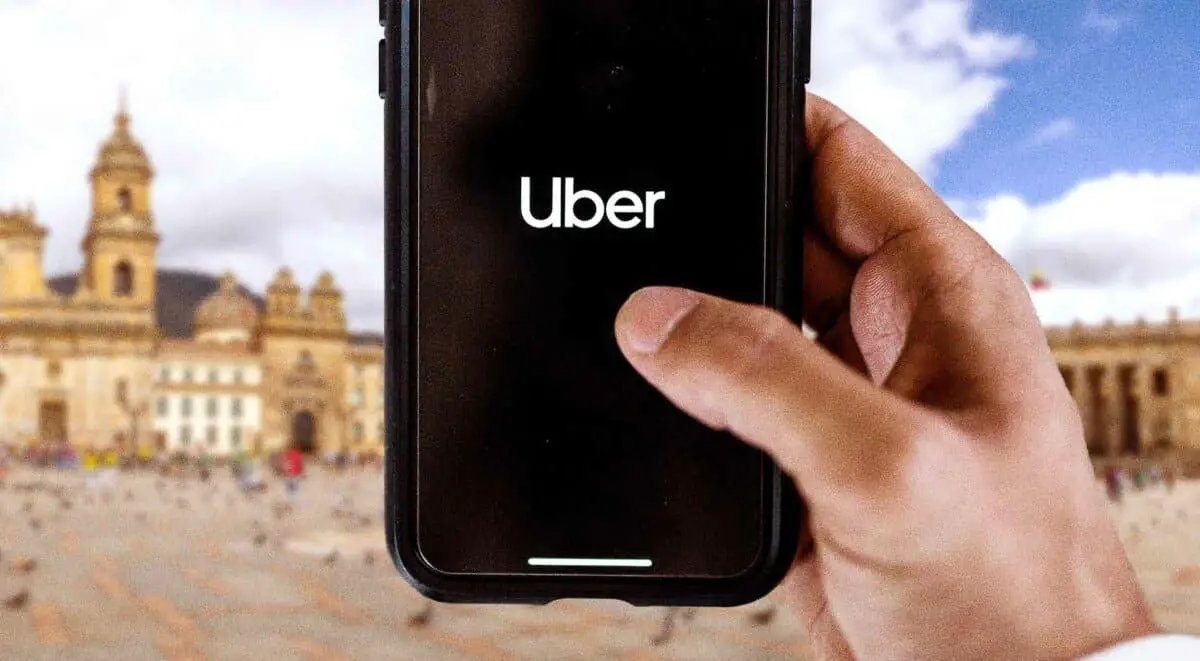Bikepacking Water Storage Guide

As an Amazon Associate we earn from qualifying purchases made on our website. If you make a purchase through links from this website, we may get a small share of the sale from Amazon and other similar affiliate programs. You can read our complete legal information for more details. By using this site, you agree the information contained here is for informational purposes only. For specific medical questions, consult your doctor. NO information on this site should be used to diagnose, treat, prevent or cure any disease or condition.
You’re planning your bikepacking excursion and trying to think of the best ways to pack supplies. Then you remember you still have to carry several liters of water with you! How do you do it on such a thin object as a bike?
There are, thankfully, several new engineering feats that help make carrying water on a bike easier. You can carry water on your bike in a water bladder or several bottles and/or use water purification methods. Finding a balance between enough and too much is the best place for planning your water supply on your bikepacking venture.
Can you purify water by boiling it over a campfire? How much water should you drink per hour based on your body type? Keep reading to learn all you need to know!
How Do You Carry Enough Water When Bikepacking?
The key to carrying enough water while bikepacking is diversifying how you carry it.
This includes carrying water in collapsable bags, pouches, and traditional water canisters. It’s important to intelligently utilize every inch of your bicycle to enhance further how water is stored.
Putting water closer to the ground is the first fundamental trick to a successful bikepacking experience. This means attaching large water vessels near the lower spokes of the bike without having them touch or disrupt the flow of the bike’s wheel.
As Quora user Greg Burrel points out, the bike tire spokes support the whole wheel. If one gets broken or disrupted while you’re riding, it can cause the bike to topple or crash.
The best way to avoid getting your water bags snagged is to buy an official model. Don’t try to make your own unless you know what you’re doing.
Make your own?
Although, if you’re interested in learning how to make your own bike bag, check out Salty Beard’s channel! This detailed video explains how to make your own in a simple step-by-step manner.
These bags aren’t designed to hold water directly. However, you can use them to hold water bottles or for more compact storage, making more space for water.
You can also check out Instructables’ tutorial on making a bottle holder with a coat hanger. I personally like this creative way to recycle old objects for your bike!
Distribution is key
The water distribution on your bike should be as balanced as possible. Avoid putting too much towards the front or back. This can cause the bike to tilt or one tire to have too much weight and potentially cause it to break.
Everyone has their preference, but I agree with Exploring Wild when they advise using bottles and bags! It’s good to have both easy access to water bottles and a backup supply.
Plus, it’s a good idea not to drill holes for water bottle holders, and I explain how to do this here.
1. Water Bottles on Handle Bars
The quickest and easiest way to store water bottles on a bicycle is on the handlebars. Keeping the water bottles toward the inside of the bar is my favorite place. It allows me to get a better grip on the bike.
When the bottles sit on the handlebars’ exterior, I feel the steering is disrupted.
You can attack bottles to the handlebars in several ways. These include:
- Water bottle mount
- Water pouches
- Bags
Although you can use bags to hold your water bottles, it’s not my top recommendation. These bags can get stuck in your bike spokes if you’re not careful.
They can work well, though, as long as you’re careful. Metal or plastic water bottle mounts are my top recommendation. They’re slick, don’t disrupt steering, and won’t get stuck in your tire spokes.

2. Bottle Cage
Bottle cages are a great way to squeeze bottles where they’re out of the way but easily accessed. Bottle cages are usually made of metal but can also be made of plastic or rubber.
The material you choose depends on your bottle size and where you plan to have them positioned.
You should use a fabric or rubber cage for large water bottles over one liter in capacity. They’re more supportive and will be able to hold the bulk and weight of the bottle.
Metal cages are excellent for the front top tubes and stem. The top tube runs parallel to the down tube, while the stem is a term used to refer to the metal bars at the front of the bike. These bars hold the front wheel and connect to the handlebars.
If you want a breakdown of various bike anatomy parts, check out the best bike lock’s breakdown of bike anatomy.
3. Hydration Bags and Packs
Hydration packs or bags are an excellent way to securely carry 1.5-3 liters of water on your bike frame. They’re usually made from nylon and other waterproof materials to store the water safely.
Most hydration bags (sometimes called hydration bladders) get stored under the top tube. This is next to the bike’s seat, and the bag can be easily hooked to the tube.
This is the best method of carrying water through especially hot regions. These bags are great if you plan on traveling through a desert region. Most bikes can hold up to two of these if you don’t have luggage attached to it.
4. Stem Bags
The bike’s stem is located near the handlebars at the front of the bike. It connects the handlebars to the base of the bike.
The bike stem helps the bike hold steady when going over rough terrain. It also assists in turning and keeps the bike moving smoothly.
These bags can hold between 1-2 liters of water. They’re more easily accessible than a bladder bag.
5. Frame Cranktank
A frame crank tank is a perfect tool for holding water securely in the “V” of the bike frame. This can be a hard spot to fit sufficient amounts of water.
This V-shaped jug fits snuggly into this section of the bike better than water bottles. Usually, you can only fit up to 2 liters of water when using water bottles. However, you squeeze 3 liters into this small space with this crank tank.
There are others available on Amazon as well.

How Much Water Should You Bring When Bikepacking?
The average biker requires a total of 500-1,000ml (16-32oz) of water per hour. For bikepackers, this means carrying a minimum of 4-8 liters of water daily. The amount of water you need per hour varies based on your personal needs and environmental factors.
When biking through hot or desert regions, you might need twice the recommended amount of water. According to the internet, the average person should drink between .15-.20ml (less than 1oz) per kilogram of weight.
This translates as the following:
| 120lbs | .804oz per minute | 54 kilograms | 8.1 milliliters per minute |
| 140lbs | .946oz per minute | 64 kilograms | 12.8 milliliters per minute |
| 160lbs | 1.08oz per minute | 73 kilograms | 14.6 milliliters per minute |
| 180lbs | 1.22oz per minute | 81.6 kilograms | 16.3 milliliters per minute |
| 200lbs | 1.34oz per minute | 90.7 kilograms | 18.14 milliliters per minute |
Most people can rely on this general guideline to figure out how much water they need per hour. However, if you have a pre-existing condition, you might need to bring more based on increased need. Always check with your doctor about any medical condition.
The experts say you should keep at least 2 liters extra on your bike daily. This is a good idea if you take longer to reach your next refill spot.
Even with the most advanced water storage system, you will probably only be able to store up to 8 liters on your bike.
Always plot your bike path with water supplies in mind. You should have a method of refilling your water supply every day or two.
Can You Use Water Purification Methods When Bikepacking?
Some bikepacking experts say you should carry a water purification method with you. This will prevent you from running the risk of dehydration if you’re unable to reach your refill destination.
If you are doing some bikepacking camping, you can bring purification tablets or boil natural water from a spring or stream until it’s safer to drink.
1. Water Purification Tablets
Water purification tablets are an accessible method of cleaning water, so it’s safe to drink. These tablets are relatively cheap and small, so they won’t be difficult to carry on your bike.
Here are some affordable ones on Amazon.
These tablets effectively kill most various parasites, microorganisms, and bacteria. These bacteria, particularly campylobacter jejuni and giardia lamblia, are the most common deadly bacteria.
Water tablets contain chlorine, or chlorine dioxide, among other purifying chemicals. These compounds break down and kill bacteria in the water, making them safe for consumption.
These tablets are recommended in hurricane and storm-ravaged coastal towns for their efficacy.
However, never use pool chlorine or other industrial purification methods. These can be dangerous to consume since the compounds are safe for human consumption.
2. Water Purifying Straws
Purification straws are available from several brands, but LifeStraw is undoubtedly the most popular. All water purification straws work in a similar method.
These thick straws are notably thicker than regular straws. They contain several filtration systems that remove deadly bacteria before consuming water.
One of the most popular ads features two men drinking water straight from a stream with their LifeStraw. You can watch this advertisement on YouTube, although you might want to strain the water before drinking it.
According to their website, the straw removes bacteria such as salmonella, E. Coli, and Rotavirus. This will decrease the probability of contamination and infection.
3. Water Bottle Filter
Water bottle filters are a convenient way to clean water straight from a stream or spring. Although you can filter sand and sediment with these filters, it might be better to avoid this.
Sand and sediment can become lodged in the filtration system and disrupt water flow. Similar to the water purification straw, this method filters out most bacteria.
Most filter water bottles are good for between 1,000-1,600 uses. If you plan a particularly long trip, consider bringing a spare filter.
Grayl makes a highly regarded water bottle filter.
4. Boiling Water
Boiling water is the number one CDC recommendation for water purification in times of emergency. This method is known for killing the most bacteria out of the multiple emergency water purification systems.
Boiling water for a minimum of 3 minutes is ideal. This will ensure the water reaches 212 degrees Fahrenheit and kills off most harmful bacteria.
The National Park Service offers tips for safely boiling water in the wild!

Best Ways to Stay Hydrated When Bikepacking
The best way to stay hydrated when bikepacking is to ensure you’ve brought plenty of water. However, you might want to bring along some electrolyte-infused drinks.
Electrolytes are an important part of proper hydration. They help bring hydration to those portions of the body that need it most, such as the heart and other vital organs.
I use one of the most popular electrolyte brands out there, Re-Lyte Electrolytes by Redmond. They have sugar-free options, which is perfect because reducing sugar in your diet can be helpful.
Plus, Redmond offers our readers a 15% discount with this link or type in WILD at checkout.
Closing Thoughts
Dehydration is a serious condition. It can lead to headaches, high blood pressure, and organ failure. It’s extremely important to drink plenty of fluids and remain hydrated the whole time during your bikepacking excursion.
I hope this article has helped you find all the best ways to carry your fluids along with you. There must be a balance between bringing enough and not bringing too much.
If you carry excess water, it will only weigh you down. This will have the adverse effect of weighing you down on your travels and thus wasting water through sweat! Bring enough, but don’t overdo it.
Oh yeah, before you head out on your next trip, download our free Bikepacking Tour Checklist here.
Sources:
Quora: Is it dangerous to ride a bicycle with a wheel that has cracks around some spokes?
YouTube: Salty Beard: DIY – Make Your Own Bikepacking Frame Bag
Instructables Outside: Coathanger Water Bottle Bike Holder
Exploring Wild: 9 Ways To Carry Water While Bikepacking
Amazon: Lumintrail Handlebar Adapter Mount for Bicycle Water Bottle Holder Bike Cage
The Best Bike Lock: Parts of a Bike Diagram: Bicycle Anatomy for Beginners
Bike Radar: Best hydration packs | 12 packs tried and tested
Level Nine Sports: LEARN CENTER: BIKE STEMS 101
Bikepacking: CRANKTANK4 HOLDS FOUR LITERS IN THE FRAME TRIANGLE
Montreal Gazette: Fitness: How much water should cyclists drink while in the saddle?
Livestrong: How Water Purification Tablets Work
CDC: Campylobacter (Campylobacteriosis)
MayoClinic: Giardia infection (giardiasis)
CNET: Best Filtered Water Bottles for 2022 to Remove Bacteria, Sediment and More
CDC: Making Water Safe in an Emergency
Health NY: Boil Water Response – Information for the Public Health Professional
National Park Service: Two Ways to Purify Water
AccuWeather: 6 ways to purify drinking water in emergency situations
CF Nutrition: Electrolytes for Hydration and Healing: What They Are & Why You Need Them



